Based on my impressions and experiences visiting Milan Design Week, this year, I review current tendencies. Further, I will point out relevant key factors for creating an event in the context of a bigger public event.
As a regular visitor to the Milan Design Week over the last decade, I have noticed five tendencies this year, that I find crucial. These are relevant in various settings and contexts and might help you in planning and evaluating a live event:
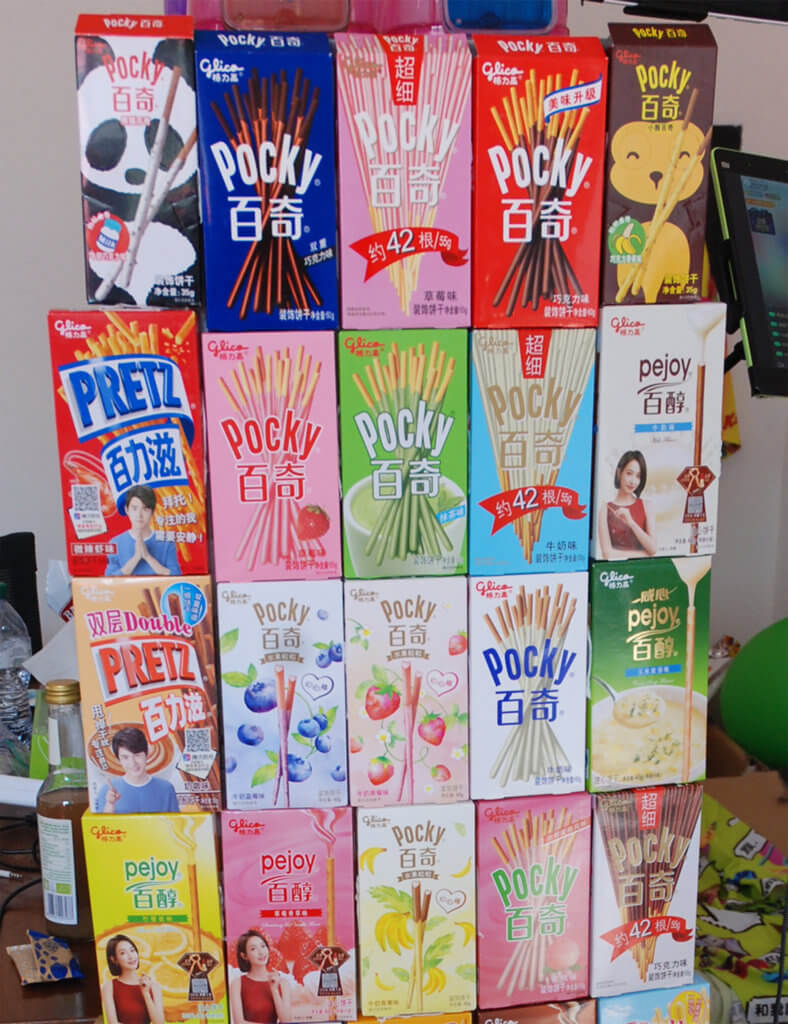
1. Higher diversity
The events cover a wide-range: from product presentations by single brands, to installations in a public or private spaces or shows by an artist. There are spaces dedicated to curated and thematic exhibitions and shows by associations promoting designers from a certain country. In that respect, as a visitor you might get a feeling of visiting the unofficial EXPO of design. What struck me, was the fact, that a curated exhibition of young designers and design schools dared to charge an admission fee.

2. Increasing fragmentation
Events are taking place in literally every neighborhood of the city. As a result, the communication channels used before, during and after the events are increasingly heterogeneous as well. There is a popular guide by the interior magazine ‘Interni’ for most of the events available in printed form. It does not cover several districts with their respective events, though. As a result, design blogs and social media channels–including the respective hashtags–play a vital role in information and coverage about ongoing events.
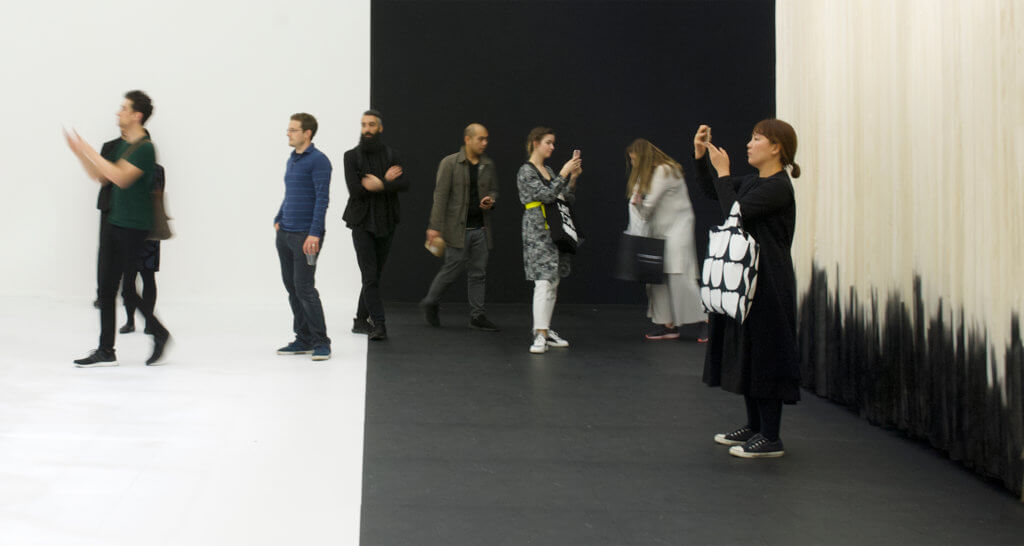
3. Spatial design as a tool not as a means in itself
The role of spatial design in the context of the Design Week is diverse. In general, I have found a stronger focus on ’content‘ and on the intentional use of interactive exhibits to visualize information, to entertain and to enable meaningful experiences. Increasingly, exhibits are used to involve people, to facilitate connections, self-reflection and learning and to inform better choices. Obviously, an event in this context serves to the professional audience as an inspiration for their own work, as well.
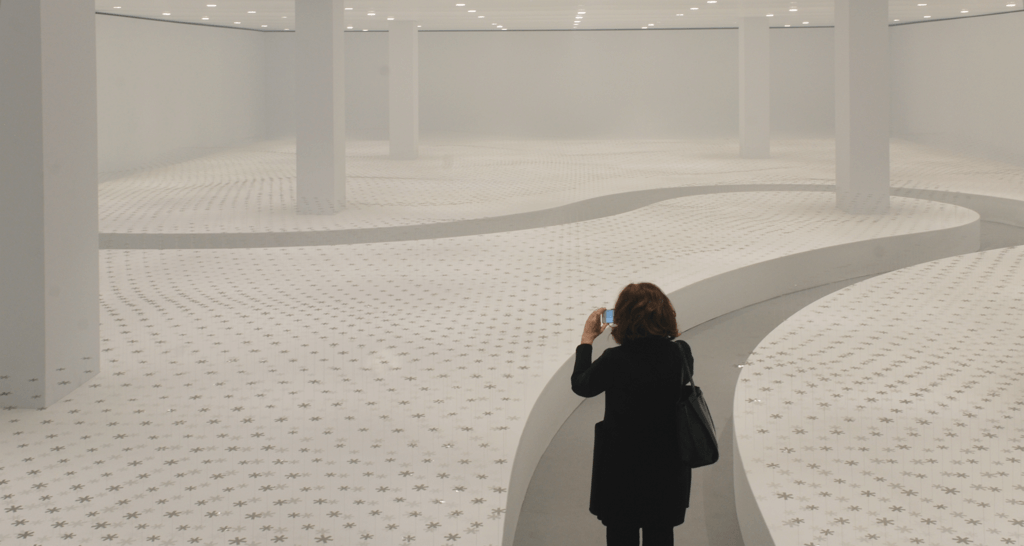
4. Visitor management
With a growing number of visitors, the issue of many people coming to see an exhibition can be challenging for planners. Designers planning an exhibit, need to be aware of the possible number of visitors, the available space for people waiting to be admitted and the amount of time it will take to see a show. I found it more common that planners took these aspects into account and provided information about waiting times or about the show itself to the queuing people.
Depending on the space and intention, it might be helpful to structure the exhibit along a clearly defined timeframe. Further, it could make sense to limit the number of people who are admitted, to allow for ’similar' experiences. As a side effect, this enables a fairer use of the exhibition space. Further, that makes it harder for single visitors to take advantage of the space to stage images for their social media feeds.
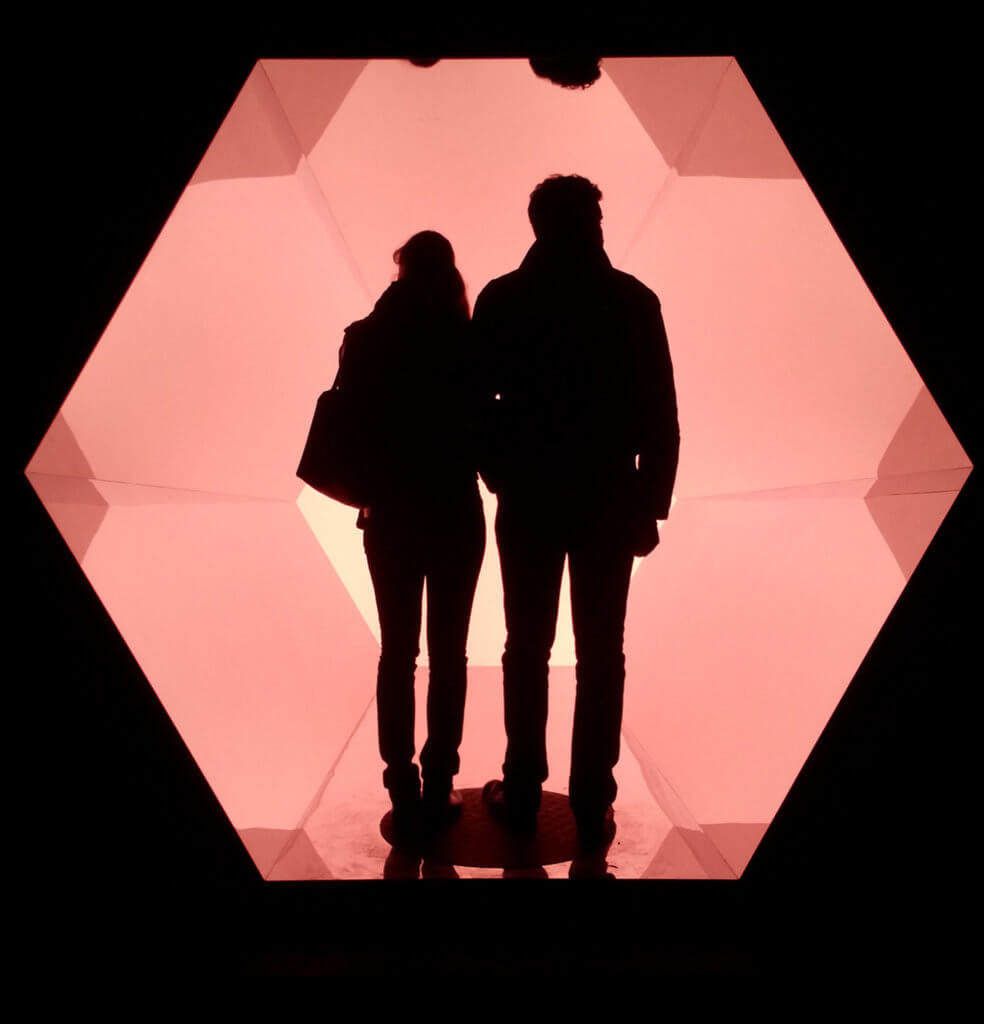
5. Focus on individual vs. collective and social experience
What I found striking, this year, was a strong focus on the very personal, individual level of experience. That is to say, the themes of self-reflection, sensual perception and mindfulness often played a vital role. At the same time, there were some exhibits creating a space where this individual level was connected to an experience shared with other visitors in the space. These spaces for playful interaction (e.g. with movement or touch interfaces) were designed to give visitors the chance to choose their level of engagement. They could, for instance, interact with others in a structured, easy way or just to watch those at play.
A public live event can be a highly interesting context for a brand to foster brand awareness and brand experience. If it really is worthwhile for a certain brand, depends strongly on the core values of the brand, its positioning and value proposition. Consequently, the decision if an event fits your brand has to be based on the short- and long-term goals in brand communication.
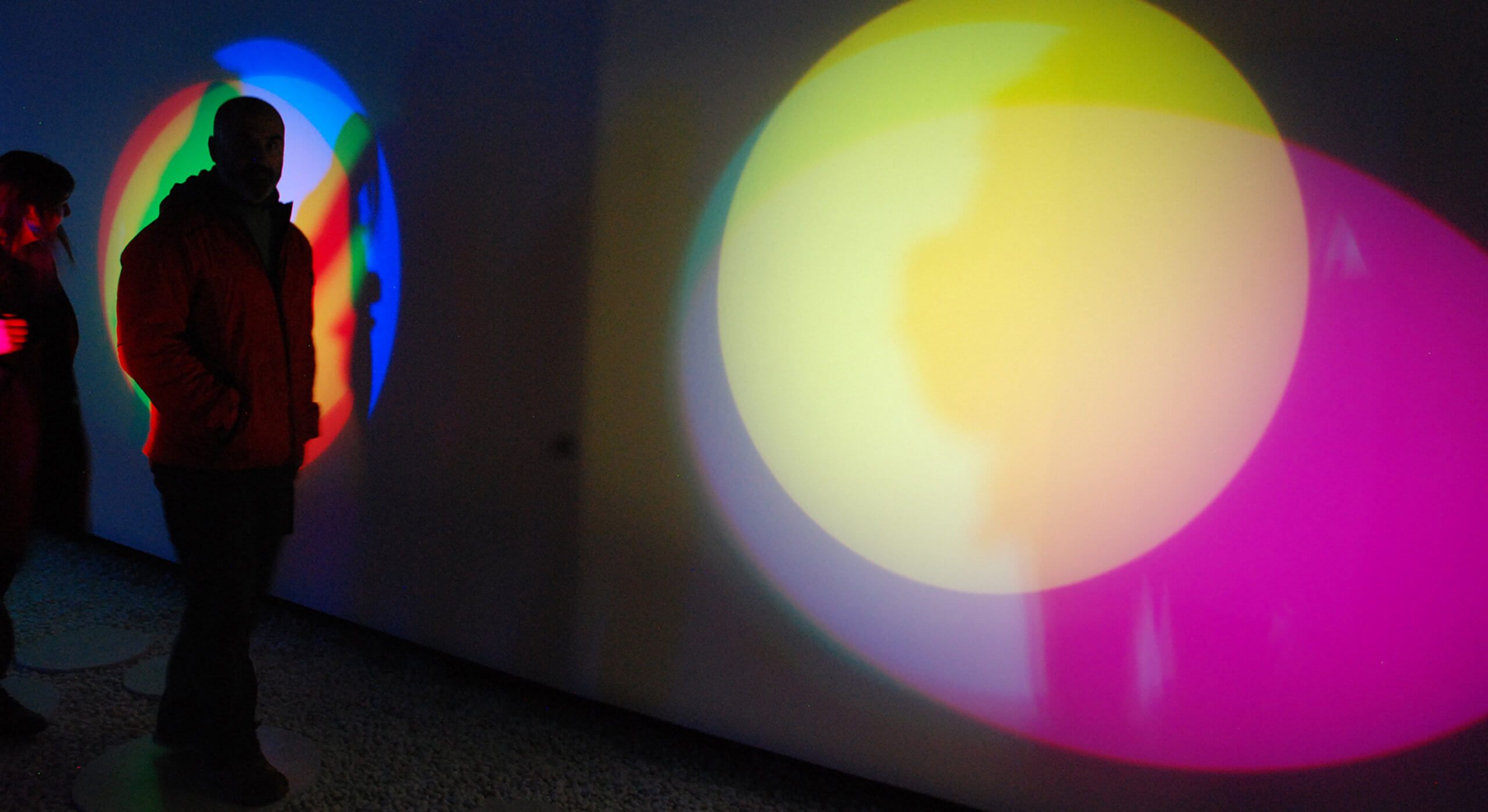
No comments.